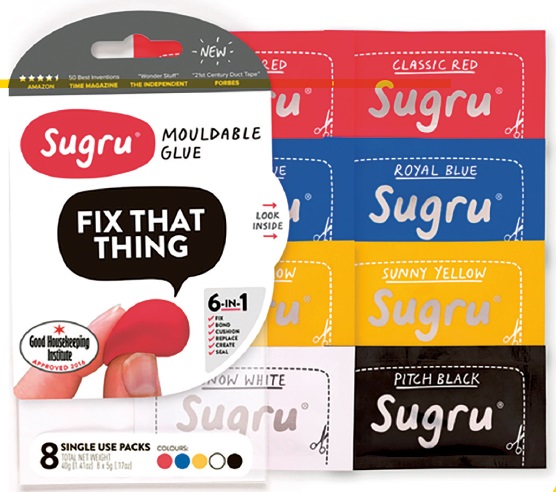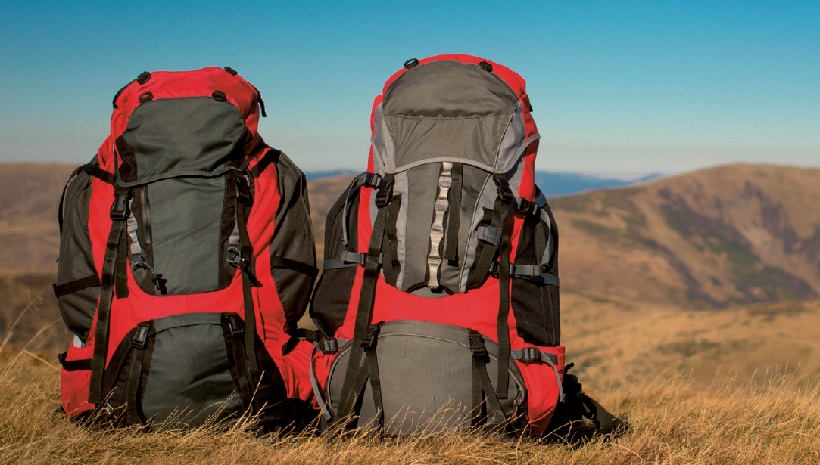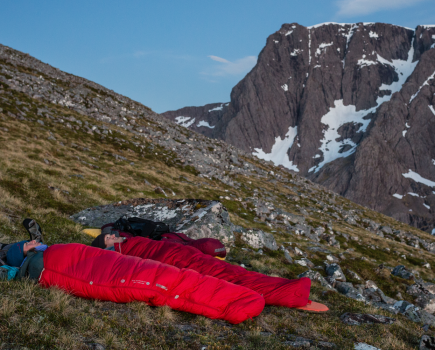These simple tips might just change the way you hike…
The term ‘life hack’ is one of those that seems to have appeared almost from nowhere over recent years and now makes recurrent appearances on social media feeds, if less so in everyday life. The Oxford English Dictionary defines a life hack as: “A strategy or technique adopted in order to manage one’s time and daily activities in a more efficient way.” At first glance, this seems to have little to do with hillwalking – but think again! You may not be terribly bothered about managing your time efficiently when you’re out on the hill (for many of us, hill days are about a break from deadlines and timetables) but when you start thinking about ways of saving time at home to free yourself up for time in the outdoors… it all starts to seem much more appealing. Here are a few ideas to get you started.
[1] Always keep a bag packed
When your kit’s ready and waiting for you, you’ve one less excuse for missing out on a day’s good weather.
[2] Dehydrate…
If you regularly go camping, a food dehydrator could save you money, take some of the weight off your back and bring welcome variety to your camp meals. Try to get into the habit of cooking a bit extra at mealtimes and dehydrating the leftovers so you always have backpacking meals ready to go.
[3] Reproof
Do it regularly. It’ll make your kit work better, last longer, and save you money.
[4] Cut corners
Take the cardboard covers off your Ordnance Survey sheets to make them easier to fold into your map case. But keep the cover out for when you get home to slot the sheet back into, otherwise you’ll waste valuable time poring over contours looking for familiar landmarks to identify which is which.
[5] Carry Duct Tape
Duct tape is really useful for repairs on the go, but you don’t have to carry a whole roll – wrap a few metres around your trekking pole so it’s easy to unwind when you need it.
[6] Pack more efficiently
• Use small drybags to keep items sorted and protected from the weather.
• Don’t use the stuffsack for your sleeping bag – stuff it around your other items instead so that it fills the gaps
• For optimum comfort, pack heavy items close to your back and high in the pack.
• Don’t forget to keep the stuff you use most often easily accessible.
[7] Make friends with Sugru
Sugru (mouldable silicone cement) is extremely useful for fixing and making all sorts of things (although it won’t stick to some types of plastic) and some outdoor retailers stock it, including Blacks, Ellis Brigham and Tiso. Here’s some things you can use it for:
• Dip it in glow-in-the-dark powder to make night-visible padded caps for your tent pegs
• Shape the handles on your trekking poles for a custom fit
• Add extra guying points to your tent without needing to make any holes in the material
• Patch holes in your boots, stick down peeling rands and fix broken lace hooks
• Repair a broken zip pull with Sugru and a paperclip
• Patch holes in your waterproofs
• Cover the handle of your titanium mug so you don’t burn your hands
• Fix that leak in your air mattress.
[8] Bring the bounce back to your bed
If you wash your own sleeping bag, tumble dry it on a low heat afterwards with a couple of tennis balls to break up the wet clumps of down and help fluff it back up again.
[9] Snap happy
Alligator clips are great for attaching wet clothing to the outside of your pack to dry as you walk.
[10] Be walk ready
• Lose weight it’s easy to obsess about shaving a couple of hundred grams from your pack when it would be better to get rid of a couple of kilograms from your body.
• Take the stairs whenever you can instead of the escalator or lift.
• Running, cycling and swimming are good cardiovascular workouts – keeping your heart and lungs working well will help you to get up steep hills more easily.
• Stand on one leg while brushing your teeth to keep your ankles strong. Remember to alternate legs!







